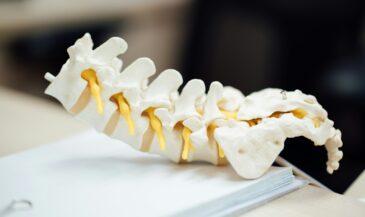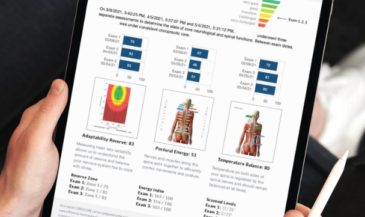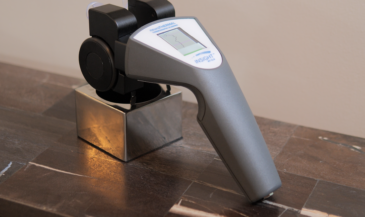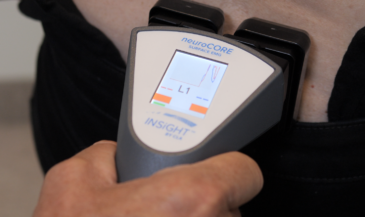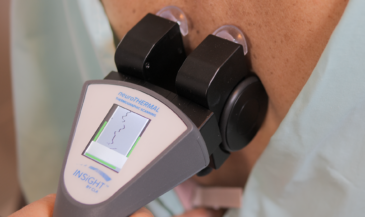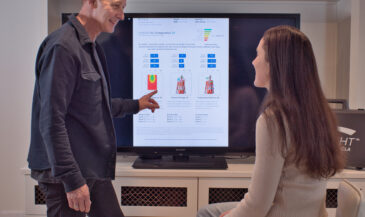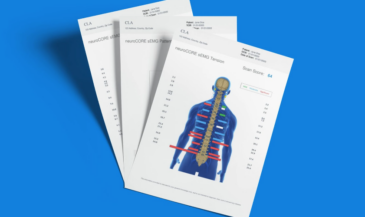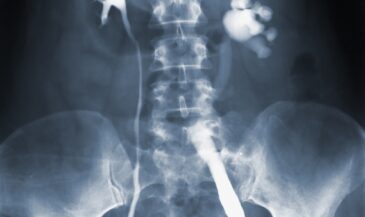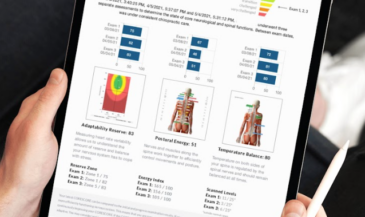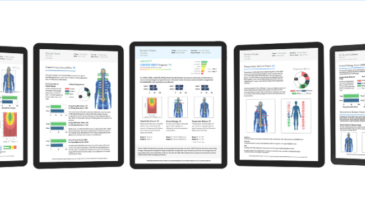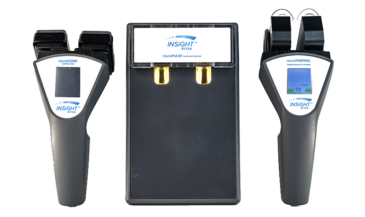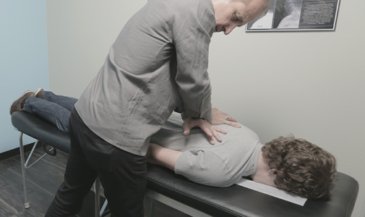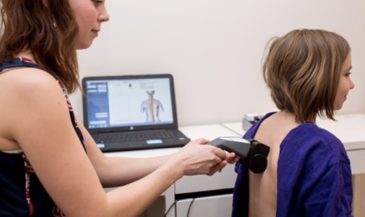We have so many great Blogs on the topics of Dysafferentation, Dysponesis, and Dysautonomia. We continue to answer some common questions about how these concepts relate to INSiGHT scanning. Questions such as:
- “How do I measure and report objective scan findings so my patients will understand?’
- “How would I have time to add in more tests to my exams?”
- “How can I make all of this relevant to patients?”.
This blog is picking up on a common question that arises when Chiropractors commit to providing care that embraces the destructive impact of the vertebral subluxation.
How do I make time to Scan?
The most relevant approach to all patient care is to deliver life-enhancing solutions in the most reasonable amount of time possible while preparing patients and their families to live exceptional lives as they experience the power of their Innate healing abilities. Our goal as their care provider is not limited to helping a patient feel better but rather to give them the tools to function better. To do that you need to prioritize focusing on the nervous system. That is where scanning takes over the top billing from standard ortho-neuro tests. When you scan the nervous system to assess for the Essential Destructive D’s: Dysafferentation, Dysponesis, Dysautonomia, you will collect objective data sets that enable and encourage functional recoveries and long-term relationships.
The best part of flipping the narrative towards neurological function is that you lose NOTHING. Of course, the spine and its movements and stability are critical. By assessing the nervous system’s functionality at the start of the exam by using a neuroTECH combination of HRV, EMG and Thermography, you set the stage for enlightening your patients about the absolute necessity of getting the nervous system in balance so they can feel better, live longer and lead happier and more fulfilling lives.
Looking deeper into the actual scanning, it’s important to know that we have built the DNA of hugely successful offices into every aspect of the INSiGHT instruments and software. The complete neurofunctional three-part exam takes only 6-8 minutes and is so straightforward that 90+% of our clients have their staff perform the scan exams. With built-in “fail safe” protocols and extensive online training lessons, you and your staff will feel confident to report on every scan being performed. It’s almost impossible to attain unreliable data. In a very short time the INSiGHT scans can become the hub of the clinical, reporting and care planning protocols, making practice consistent and validated. With that comes the freedom to be your patient’s trusted advisor instead of their “spinal mechanic”.
Bringing It All Together
Remember, the most validated model of vertebral subluxation includes — Dysafferentation, Dysponesis and Dysautonomia which offers a comprehensive framework for understanding and addressing the complex nature of subluxations. With the integration of INSiGHT scanning technology focused on the Essential 3 D’s, Chiropractors can measure each dimension with precision and communicate findings clearly to patients. This not only enhances the quality of care but also reinforces the vital role that chiropractic plays in promoting long-term health and well-being.
Ready to implement INSiGHT scanning into your practice for back-to-school? Chat with our team to get started today, or click here to take our Practice Blocker Quiz to find out how INSiGHT scanning can be the difference maker in your practice.


















